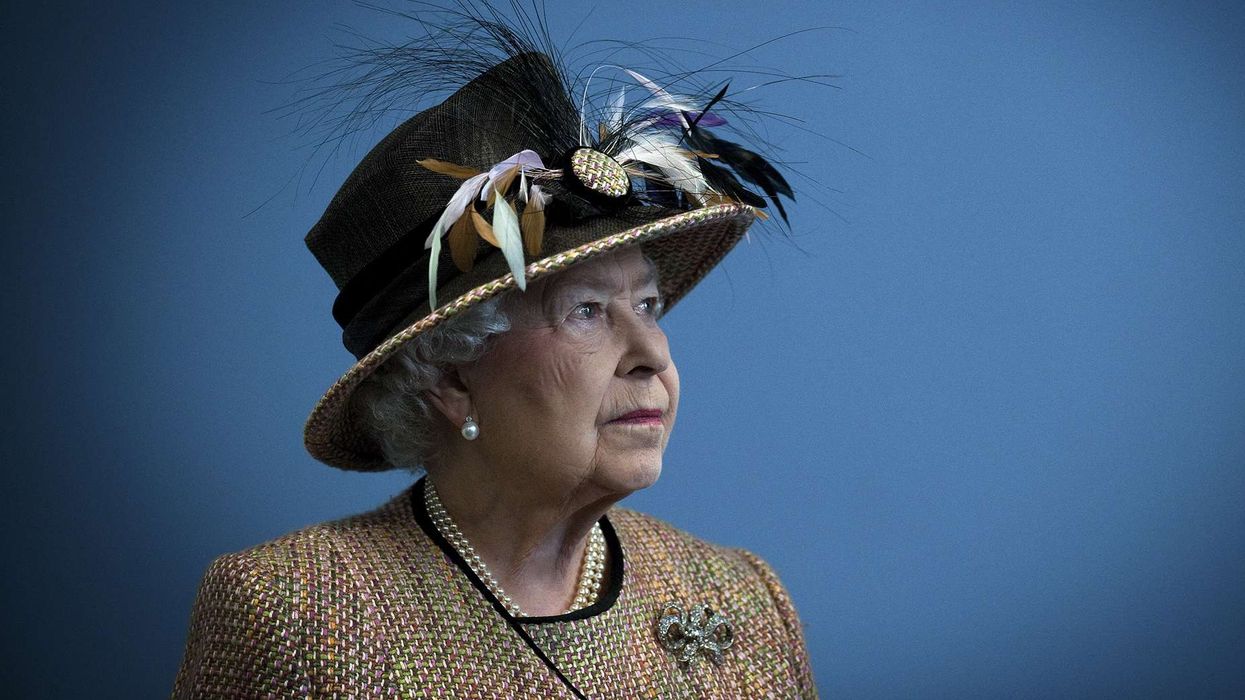A new study shows that a lifestyle of smoking, heavy drinking and lack of exercise can start to damage health by the age of 36.
Researchers tracked 371 people who were all born in 1959, following their health from young adulthood into their 60s. Health checks were carried out at ages 27, 36, 42, 50 and 61, examining how habits like smoking, drinking too much alcohol, and not exercising affected mental and physical health.
The findings, published in Annals of Medicine, show that although risky behaviours in the twenties had little obvious impact, by age 36 the effects were clear. People who smoked, drank heavily, or were physically inactive by their mid-thirties had worse mental health, worse physical health, and higher risks of serious diseases compared to those who had healthier habits.
Each unhealthy behaviour made things worse. Those who combined all three — smoking, drinking heavily, and being inactive — had the poorest health results. They showed higher levels of depression, worse feelings of well-being, higher blood pressure, larger waistlines, worse cholesterol, and other early signs of heart disease and diabetes.
The study found that the decline in health seen at 36 continued into later life. Those with unhealthy lifestyles in their thirties went on to have more health problems in their forties, fifties, and sixties.
Dr Tiia Kekäläinen, a scientist who worked on the study, said it shows the importance of changing habits early. “Our findings highlight the importance of tackling risky health behaviours, such as smoking, heavy drinking and physical inactivity, as early as possible to prevent the damage they do from building up over the years,” she said.
However, the research also showed that it is never too late to make changes. Even improving habits in midlife can bring benefits, including lowering the risk of serious illnesses and improving mental and physical health in older age.
The study looked at the effects of each habit separately. Smoking was found to be most strongly linked to worse mental health, including more depression and lower well-being. Heavy drinking harmed both mental and physical health, while physical inactivity was most clearly linked to worse physical health and more signs of disease risk.
Researchers explained that these habits are major contributors to illnesses such as cancer, heart disease and lung disease, which are responsible for almost three-quarters of deaths worldwide. Changing to a healthier lifestyle — stopping smoking, cutting back on alcohol, and exercising regularly — can significantly lower the chance of getting these diseases.
The study’s findings also reflect a wider trend. Although not part of the study itself, public figures such as Prince Harry, Sir Elton John and Gwyneth Paltrow have all spoken about changing their lifestyles in recent years, after periods of heavy partying when they were younger. This mirrors a growing awareness that habits formed early in life can have a long-lasting effect on health.
The research is based on observational data, meaning it can show strong links but cannot prove direct cause and effect. However, the patterns were clear. The more often people smoked, drank heavily, and stayed inactive, the worse their health became over time.
The results highlight an important message: habits formed in the twenties and thirties have a major impact on future health. Public health experts hope the findings will encourage more people to take early steps towards healthier living, helping to prevent serious illnesses later on.














